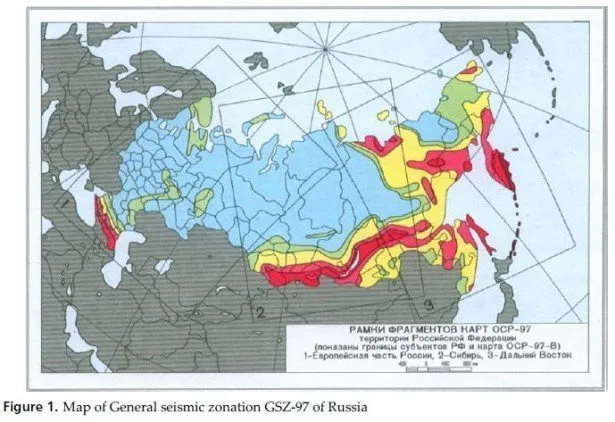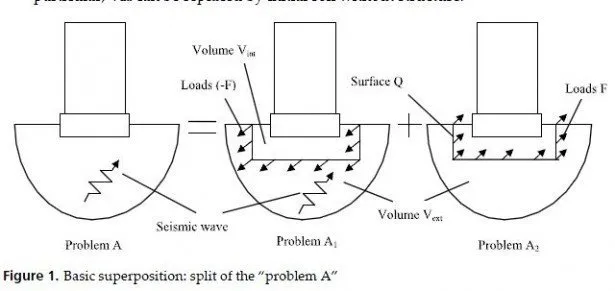Earthquake effect was estimated using two different parameters: macroseismic intensity and peak ground acceleration (PGA). Macroseismic intensity (MSK scale) was traditionally used for seismic zonation in former USSR. Macroseismic and instrumental data on 43 significant earthquakes occurred in Caucasus were revised to obtain the necessary information (Javakhishvili et al. 1998). Data on 37 earthquakes was selected and in some cases were compiled new isoseismal maps in the 1:500 000 scale. In a process of computations was observed a fact that the value of the attenuation coefficient in vicinity (within the limits of the first three isoseismals) of the source of the Ms>6 earthquake is very high (ï®Ëœ4.5-5.0), in comparison with small and moderate events (ï®~3.4). This fact has been tested on the other Caucasian strong earthquakes (Ms>6) and in general has been confirmed. In spite of the lack of data in the first approximation the equation of correlation in this case obtains the following form for small earthquakes:

The attenuation model according to the (2) formula is given on fig.3.
It should be noted, that for hazard estimation we have used the second relationship. Besides that we have restricted maximal value in epicentral area for M=7, (6.5) earthquakes with intensity 9, M=6 (5.5) earthquakes with intensity 8, etc. this was done to avoid very high intensities in epicentral area. The epicentral areas were estimated using relationships for earthquake source sizes given in (Ulomov 1999).
On the other hand strong motion instrumental data in Caucasus and adjacent regions allows us to use PGA and spectral acceleration attenuation law for seismic hazard analysis. Since the installation of the first digital strong-motion station in the Caucasus area 451 acceleration time histories from 269 earthquakes were recorded (Smit et al. 2000). Based on the acceleration time histories recorded between June 1990 and September 1998 with the permanent and temporary digital strong-motion network in the Caucasus and adjacent area, 84 corrected horizontal acceleration time histories and response spectra from 26 earthquakes with magnitudes between 4.0 and 7.1 were selected and compiled into a new dataset. All time histories were recorded at sites where the local geology is classified as alluvium.
Therefore the attenuation relations derived in this study are only valid for the prediction of the ground motion at alluvium sites.
The calculation of the correlation coefficients and the residual root mean square was performed with the well known Joyner and Boore two step regression model. This method allows a de-coupling of the determination of the magnitude dependence from the determination of the distance dependence of the attenuation of ground motion. Using the larger horizontal component for spectra of the selected acceleration time histories, the values of coefficients were obtained for the coefficients at different frequencies. Because it is easy to obtain peak acceleration from corrected acceleration time histories, empirical attenuation models with peak ground acceleration as dependent parameter have always played an important role in different seismic hazard and earthquake engineering studies. The resulting equation for larger horizontal values of peak horizontal acceleration is:

where PHA is the peak horizontal acceleration in [cm/sec2], M is the surface-wave magnitude and D is the hypocentral-distance in [km]. p is 0 for 50-percentile values and 1 for 84-percentile.

It is important to bear in mind that all equations given above represent a best fit of the selected dataset, and therefore represent mean values about which there is a considerable scatter. In the case of the attenuation model for the larger horizontal value of the peak horizontal acceleration the predicted mean plus one standard deviation is equal to 1.91 times the mean value. The scatter of the pha-models is the same as similar models for Europe and Western North-America (Smit et al., 2000). The attenuation is shown on fig. 4. The comparison of the attenuation relationships for peak horizontal acceleration with similar relations for other areas shows a good agreement with the models from Western North-America. It is obvious, that the attenuation in Europe is lower compared to the Caucasus and adjacent area. The predicted peak values in the near-field are higher than the corresponding values obtained with other European models (Smit et al., 2000).



